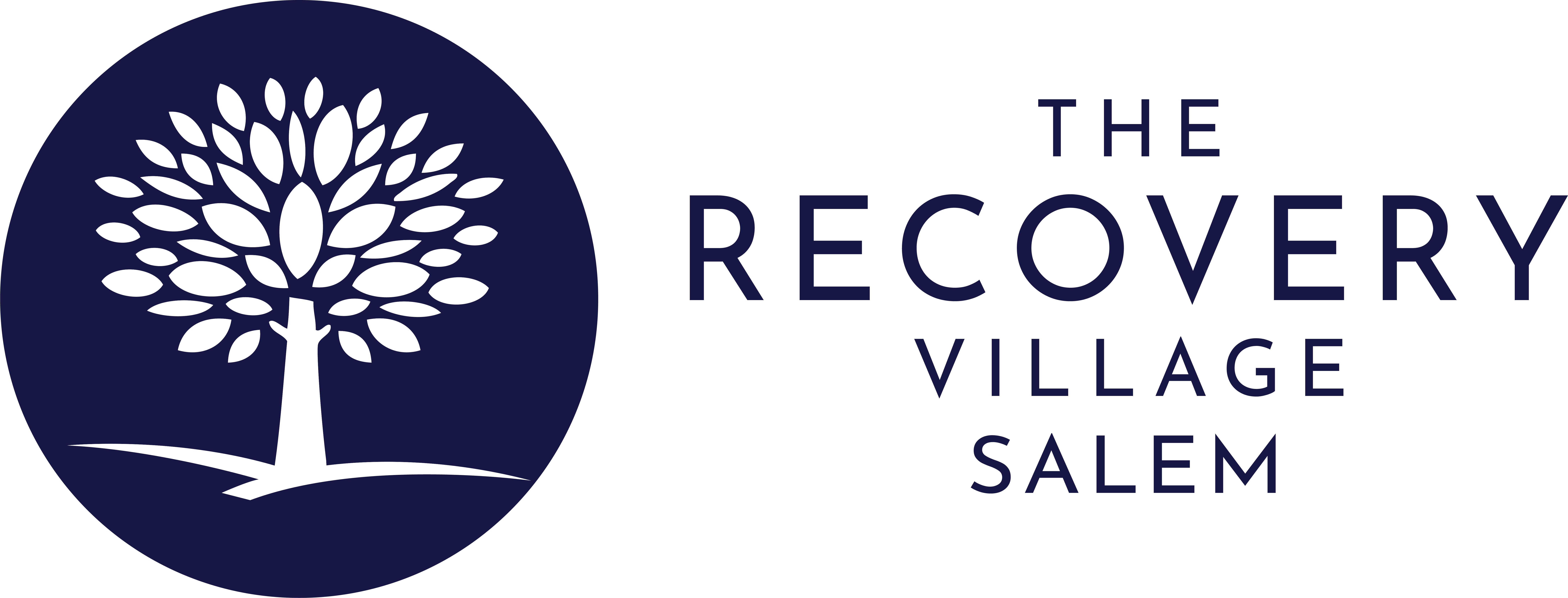Recovery from drug and alcohol addiction can often be an uphill battle, and there is no one-size-fits-all solution. Various evidence-based approaches exist to help individuals achieve and maintain sobriety, including cognitive-behavioral therapy, medication-assisted treatment and group counseling. Another powerful tool in the treatment arsenal is contingency management (CM). This approach leverages the power of incentives to reinforce healthy behaviors and discourage substance use, making it a valuable strategy in addiction treatment programs.
Below, we’ll explore the ins and outs of contingency management therapy: what it is, how it works and its role in a comprehensive treatment plan. We will also discuss what to expect when participating in a CM program and the importance of seeking professional help in Salem, Oregon, for drug and alcohol addiction.
What Is Contingency Management (CM)?
Contingency management is a behavioral therapy approach used to help individuals change unwanted behaviors by providing tangible rewards when they engage in positive behaviors or maintain certain achievements. In the context of addiction treatment, contingency management focuses on reinforcing drug-free behaviors, such as negative drug tests, regular attendance at treatment sessions or active participation in therapy groups.
Core Principles of Contingency Management
Ready to Break Free From Addiction?
If you’re seeking help for yourself or a loved one, our expert team is here to guide you every step of the way. Don’t wait—start your journey to recovery today.
- Behavioral reinforcement: CM uses incentives to motivate individuals to continue desired behaviors — in this case, abstaining from drugs or alcohol.
- Clear criteria: The rules and expectations must be transparent. Individuals know precisely which actions will earn them a reward and under what circumstances they may lose incentives.
- Immediacy: Rewards in CM are typically delivered shortly after demonstrating the desired behavior, increasing the therapy’s effectiveness.
- Consistency: Contingency management hinges on a steady, predictable system of rewards and, if applicable, consequences.
By leveraging these principles, CM capitalizes on the human tendency to seek out rewards and avoid negative outcomes. In an addiction context, it aims to reshape behavior patterns and help individuals gain the positive momentum needed for long-term recovery.
How Does Contingency Management Work?
The mechanics of contingency management are relatively straightforward. Generally, participants receive a reward — which can range from vouchers to modest monetary prizes — each time they meet a specific goal. One of the most common goals in a CM program is a negative drug test result, indicating sobriety over a set period.
For instance, someone engaged in a contingency management plan might receive a voucher they can use for gym memberships, groceries or other healthy lifestyle purchases every time they attend treatment sessions for a week without missing any appointments. Alternatively, they may get a tangible reward like small cash prizes or gift cards for each negative drug screen. Over time, these incentives bolster motivation to stay engaged in recovery, increasing a person’s likelihood of avoiding substance use.
While it may seem simplistic, research shows that contingency management can be highly effective in helping people reduce or eliminate substance use. The immediate gratification provided by these rewards can counteract some of the triggers, cravings or stressors that might otherwise lead someone to relapse.
How Does Contingency Management Work in Addiction Treatment?
Contingency management is often integrated into broader treatment programs. It might be offered alongside other therapies — such as cognitive-behavioral therapy or motivational interviewing — to reinforce healthy habits from multiple angles.
Key Roles of CM in Addiction Treatment
- Motivational boost: Early recovery can be fraught with low motivation or cravings for substances. Contingency management offers short-term incentives that can bridge the gap until individuals begin experiencing the longer-term benefits of sobriety, like improved health and better relationships.
- Accountability: Regular drug tests and consistent follow-through on treatment tasks help patients stay accountable. The rewards system also adds a layer of responsibility, as consistent attendance and negative test results are required to earn incentives.
- Behavior change: Addiction often rewires a person’s reward pathways in the brain. By setting up an alternate reward system, CM aims to recondition these pathways, reinforcing the idea that healthy behaviors have positive outcomes.
- Tangible results: Unlike more abstract therapy approaches that might rely on internal motivation, CM provides immediate, concrete outcomes that can be tracked and measured. This structure can help patients see and feel their progress right away.
This blend of motivation, accountability and immediate positive feedback can significantly improve the outcomes of those struggling with substance misuse. While contingency management alone may not be enough to address the underlying causes of addiction, it can be a powerful supplement to other therapies.
What to Expect With Contingency Management
If you’re entering a treatment program that includes contingency management, you might be wondering how this process unfolds. Below is a general overview of what you can expect:
- Assessment: Before starting, a professional will assess your substance use patterns and determine your treatment needs. This information helps guide how the CM program is structured for you.
- Goal setting: Together with treatment staff, you’ll identify clear goals — usually maintaining sobriety, attending therapy sessions or both — and understand the criteria for earning rewards.
- Routine check-ins and testing: Frequent check-ins, such as random drug tests or scheduled weekly tests, are essential for monitoring progress. Attendance in therapy sessions is also usually tracked.
- Reward distribution: When you meet your goals — negative drug tests, consistent attendance or other agreed-upon behaviors — you receive incentives. These could be vouchers for necessities, small cash amounts or even the opportunity to draw from a “prize bowl” for symbolic rewards.
- Adjustments: As you move forward in recovery, the nature of your incentives might shift. For instance, you may graduate to needing fewer check-ins or bigger incentives for longer stretches of sobriety.
Contingency management programs are typically time-limited, running for a set number of weeks or months. However, some treatment centers integrate CM principles throughout a person’s long-term treatment plan to maintain motivation and reduce relapse risk.
Contingency Management & Other Therapies
Contingency management is frequently used in combination with other therapies to bolster a person’s likelihood of success. For example:
- Cognitive-Behavioral Therapy (CBT): While CM provides external motivation, CBT addresses the internal thought patterns and triggers that lead to substance use.
- Motivational Interviewing (MI): MI helps strengthen a person’s intrinsic desire to change; pairing it with CM can expedite progress.
- Medication-Assisted Treatment (MAT): For those receiving medications like buprenorphine or methadone for opioid use disorders, contingency management can help them stay compliant with their medication schedule and abstain from illicit substances.
- Group Therapy: Group sessions build peer support and allow for shared motivation. Combining CM with group therapy can provide individuals with both communal encouragement and tangible incentives for progress.
Using contingency management as part of a holistic treatment plan can address multiple facets of addiction, leading to more comprehensive and lasting recovery outcomes.
Professional Drug & Alcohol Addiction Treatment in Salem, OR
If you or a loved one is struggling with drug or alcohol misuse, professional help is available. Salem, Oregon, is home to reputable treatment facilities, including The Recovery Village Salem. Our team of licensed professionals understands that each person’s recovery journey is unique. By offering a range of evidence-based treatment modalities — including contingency management — we help individuals gain the skills and support they need to break the cycle of addiction.
Our Approach to Addiction Treatment
- Personalized assessment: We begin by getting to know your history, challenges and goals. This step ensures that your treatment plan matches your specific needs.
- Comprehensive care: Our continuum of care may include medical detox, inpatient or outpatient rehab, individual and group therapies and aftercare planning.
- Evidence-based therapies: We use approaches like CBT, motivational interviewing, family counseling, medication-assisted treatment and contingency management to foster long-term sobriety.
- A caring, supportive environment: Recovery can be daunting. Our team and community of peers provide a safe, welcoming space to focus on healing.
Taking the First Step
Contacting a treatment facility can be a courageous yet difficult decision. At The Recovery Village Salem, we strive to make this process as seamless as possible, providing guidance on insurance verification, program options and any other questions you may have. Recovery is a journey, and you don’t have to walk it alone.
Contingency management therapy has proven to be a valuable asset in addiction treatment, reinforcing behaviors that promote sobriety and stability. When combined with other therapeutic approaches, CM can motivate individuals to remain engaged in their recovery, improving treatment outcomes and building healthier, substance-free lives. If you’re interested in learning more about contingency management or exploring a personalized treatment plan, reach out to The Recovery Village Salem. Professional help could be the turning point you need to reclaim your life from addiction.



